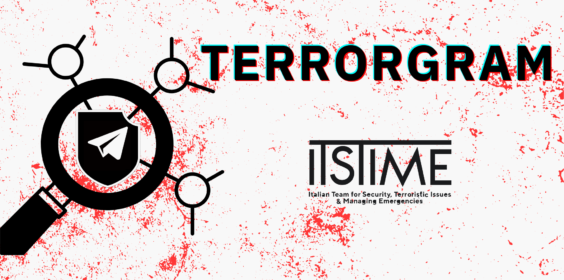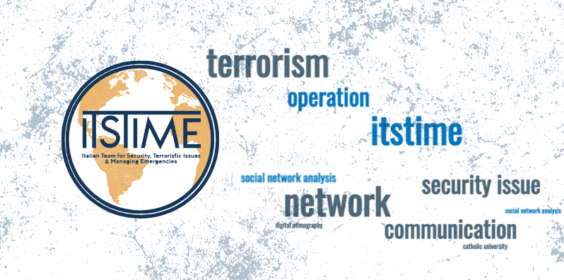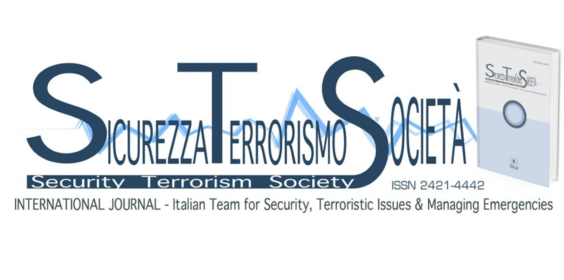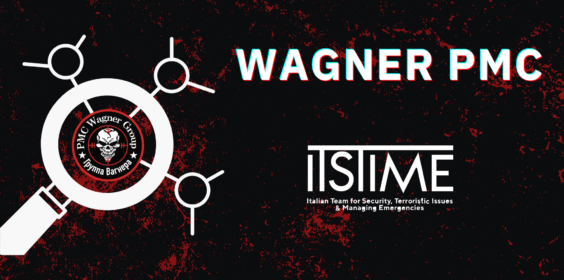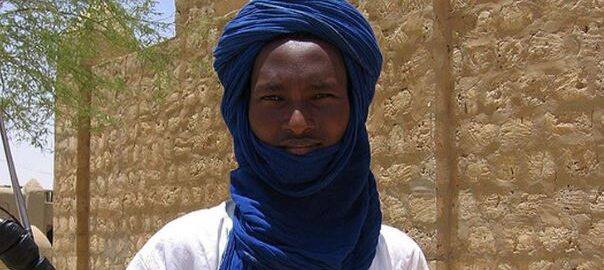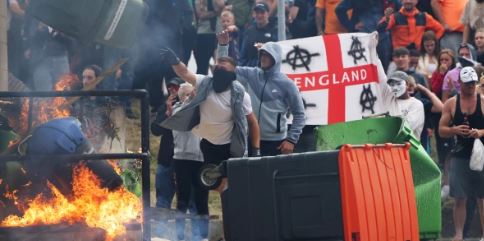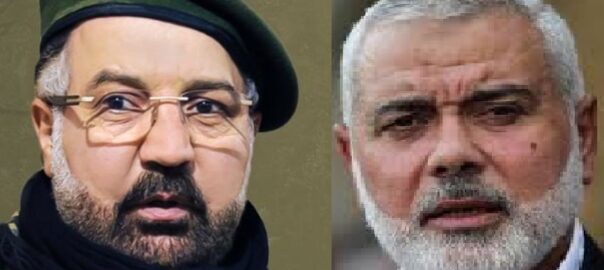In the early 60s in Greece, during turbulent and violent political times, the iconic political figure George Papandreou, known in history as the “Elder of Democracy” uttered the phrase: “terrorize terrorists”. The phrase indicated the way to react against those causing fear in society with forms of political violence.
Continue reading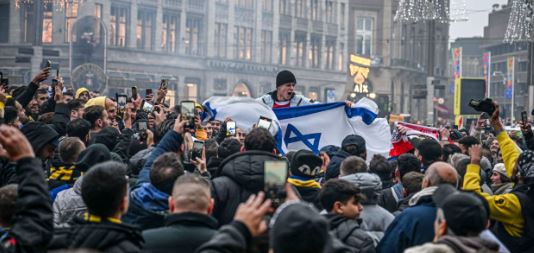
Attacks against Israelis in Amsterdam: security and counterterrorism perspectives – by Maria Chr.Alvanou
The spillover in the West of the Israeli-Palestinian conflict after the October 7th 2023 attack by Hamas against Israel has been the subject of much discussion by terrorism and extremism experts[1].

